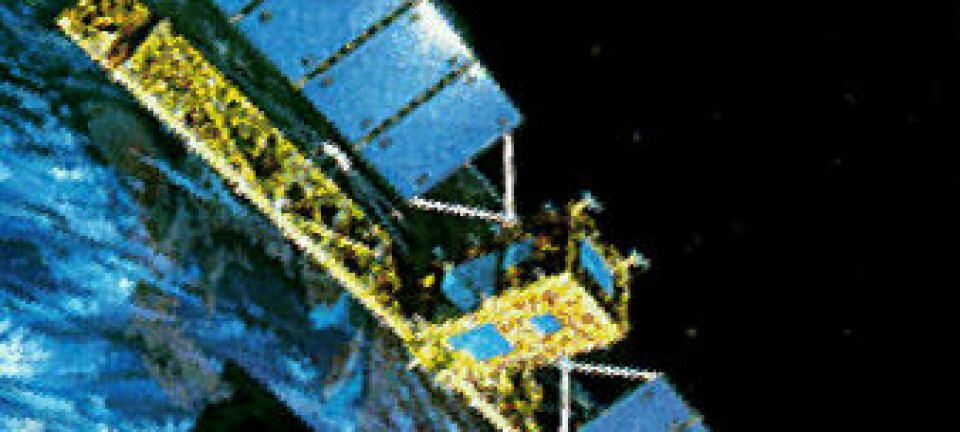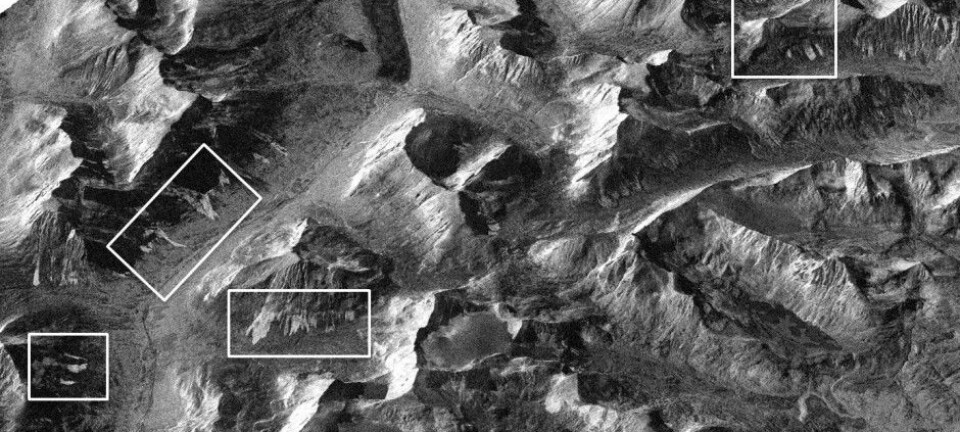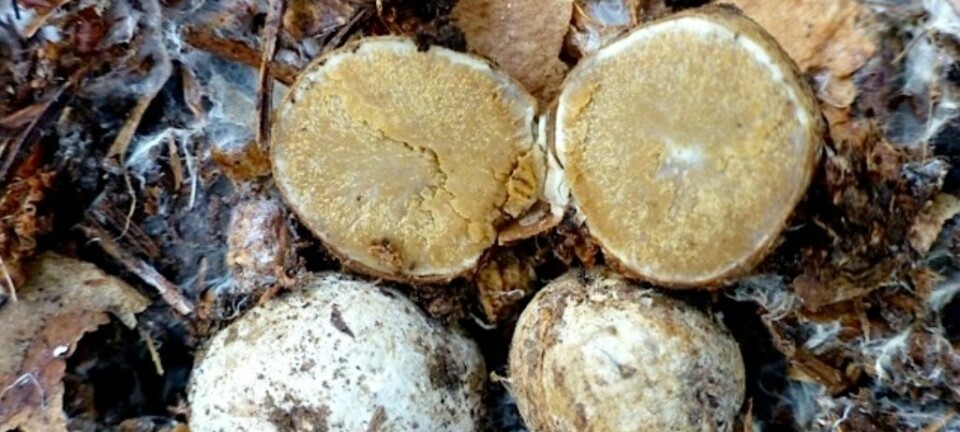
Scientists develop explosives-detecting liquid
Scientists have developed a liquid that fluoresces when in close proximity to explosives--may even replace sniffer dogs.
A group of scientists have developed a liquid that can detect explosives. The new discovery brings them one step closer to creating an artificial nose that could make sniffer dogs, trained to find explosives, redundant.
"Sniffer dogs are still the most effective method for detecting explosives. They have an amazing ability to detect very low concentrations of explosives in their sensory apparatus. But it can be made even better," says study lead-author Steffen Bähring, a postdoc at the Department of Physics and Chemistry at the University of Southern Denmark.
The new research is published in the journal Chemistry.
Professor Anja Boisen, from the Department of Micro- and Nanotechnology at the Danish Technical University, was not involved in the new study but she has previously tested explosives detectors, including one from Bähring’s research group. She praises this detector in particular, describing it as very reliable.
"I think the method is promising. We compared the different measurement methods against each other, and this is clearly a method that has few errors," says Boisen.
Explosions cause liquid to glow
The fluid contains explosives-sensitive molecules called TTF-C[4]P, which bind to a molecule of explosive TNT when they come in contact with each other.
TTF-C[4]P was developed in 2003, by a process that Bähring likens to building with Lego bricks.
"The explosives molecules are composed of a few Lego bricks that make up a particular pattern. We built a similar molecule in the laboratory, which replicates exactly the shape of the explosives molecules," he says.
Since then, Bähring and colleagues have improved the detection sensitivity--the limit at which concentrations of explosives can be detected--and improved the sensor molecules ability to distinguish explosives from other substances.
Most recently, Bähring created yet another molecule called TNDCF, which also bind themselves to the explosives sensor molecule TTF-C[4]P. These two molecules are arranged in alternate rows within a fluid, forming a chain.
But TNDCF has a special feature--it fluoresces when it breaks free of these bonds, and it is this fluorescent property that Bähring and colleagues make use of in their new study.
"The explosives molecules bind themselves to the explosives sensor molecules and the chain [between TNDCF and TTF-C[4]P] breaks. When the chain is broken, the fluorescent molecules begin to shine," says Bähring.
"This means that as soon as explosives are present, the fluid begins to fluoresce, and it [the explosive substance] can be measured very precisely and at very low concentrations," he says.
Artificial nose can sniff out landmines
Bähring began to take an interest in explosives sensors, in 2005 when he was stationed with the Danish International Brigade in Kabul, Afghanistan.
Afghanistan has some of the highest numbers of landmines of any country around the world. These mines are often removed manually as metal detectors rarely work--many of the mines do not contain enough metal to be detected. But about 80 per cent of them are made with explosive TNT, and so the artificial nose may one day be able to sniff out these hidden mines.
But according Boisen, the new chemical sensor needs to be made much more stable before it can be rolled out to detect explosives, and a system for measuring florescence needs to be built into the new sensor.
This could be done by automatically capturing the effect on camera or by a computer system designed to keep track of any activity, says Boisen.
----------------
Read the Danish version of this story on Videnskab.dk
Translated by: Catherine Jex









